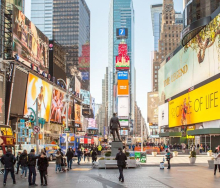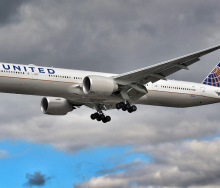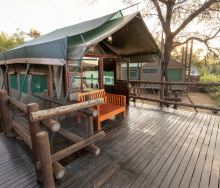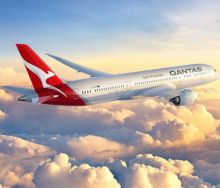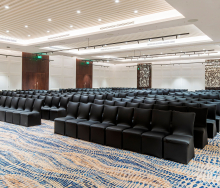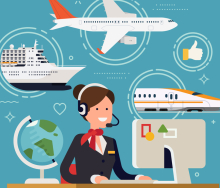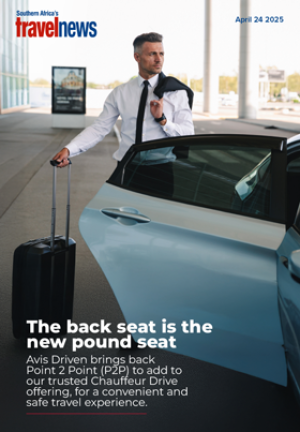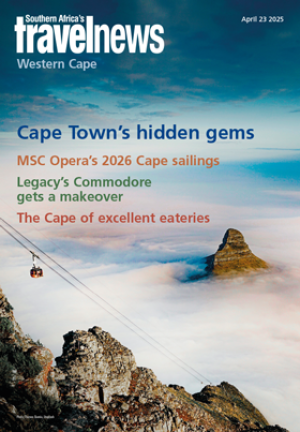Solo travel is a growing trend that is quickly changing how travel is consumed, particularly among Gen-Zs and millennials.
Skift’s Megatrends 2024 report highlighted that many young people experienced severe loneliness during the pandemic, giving rise to new types of travel post-pandemic, including solo travel.
While the phenomenon of solo travel has prompted new itineraries and accommodation options geared specifically for lone travellers, solo travellers do not necessarily want to be alone.
Solotravelerworld.com surveyed more than 2 300 respondents to understand their reasons for travelling solo. Some of the top reasons included wanting to see the world and not waiting for others (67%), enjoying the feeling of independence (46%), and meeting new people (42%).
“Now more than ever, young travellers are looking to travel as a way to resocialise and connect with the world,” explains Brian Young, the MD of EMEA at G Adventures.
Human connection matters
FTLO Travel, a tour operator specialising in group-orientated solo travel, found that its target market of solo travellers in their 20s and 30s had developed a preference for itineraries that remedied post-pandemic loneliness, with activities revolving around shared passions and interests to facilitate deeper connections being most popular, reports travelpulse.com.
“Human connection is a top priority. After three years of uncertainty and restrictions, travellers are seeking out new experiences that help them feel like they are reclaiming their lives. They want to do more than just see places – they want to make meaningful connections that positively change their perspectives on themselves and the world,” says Young.
Furthermore, Young describes some of G Adventures’ most sought-after experiences as those that focus on community tourism: creating connections between local people and travellers to benefit local communities and cater to the needs of younger travellers, including making connections and exploring destinations.
An adapting industry
According to a Travel News poll, almost 50% of respondents had witnessed an increased demand for solo travel products and services.
As the travel industry slowly accommodates this new trend and provides these travellers with better and more affordable solo travel products and services to meet their needs, cruising is leading the charge.
Norwegian Cruise Line was the very first cruise line to introduce solo cabins when its Norwegian Epic debuted with single staterooms in 2010. Thereafter, popular international cruise lines such as Royal Caribbean International, Celebrity Cruises, MSC Cruises, Holland America Cruise Line, Cunard and Virgin Voyages followed suit.
However, the vast majority of hotels are still lacking in their adaptation to solo travel.
A Flight Centre Travel Group and StudentUniverse Travel survey of Gen-Z women found that these solo travellers are more likely to book hotels rather than shared hostels, as it assures more safety and privacy.
“On the whole, businesses do not implement change because they feel it’s the right thing to do. They change because of demand,” concludes Young.


